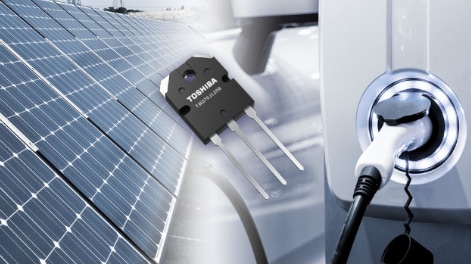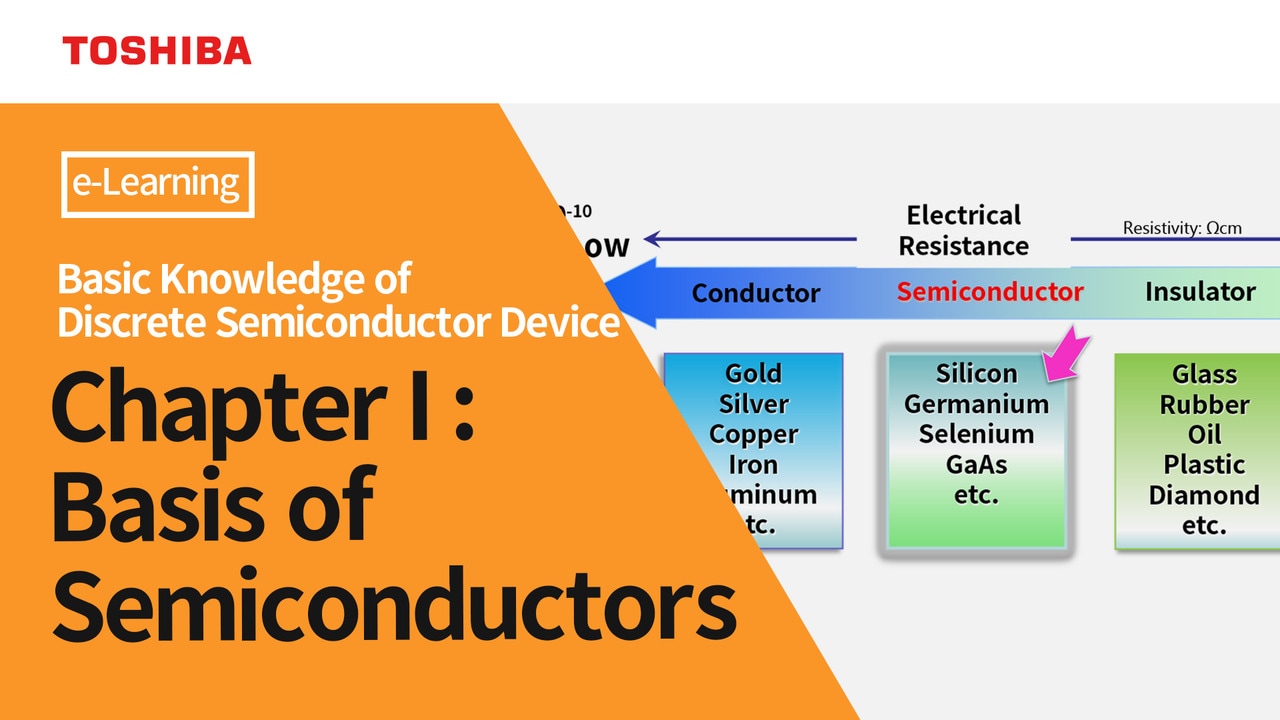- 半導體首頁
-
應用Automotive
Body Electronics
xEV
In-Vehicle Infotainment
Advanced Driver-Assistance Systems (ADAS)
Chassis
IndustrialInfrastructure
BEMS/HEMS
Factory Automation
Commercial Equipment
Consumer/PersonalIoT Equipment
Healthcare
Wearable Device
Mobile
Computer Peripherals
-
產品車用元件
Discrete Semiconductor
Diodes
電晶體
通用邏輯IC
Analog Devices
Digital Devices
Wireless Devices
※
: Products list (parametric search)
功率半導體※
: Products list (parametric search)
隔離器/固態繼電器Photocouplers
Digital Isolators
※
: Products list (parametric search)
MOSFETsIGBTs/IEGTs雙極性電晶體※
: Products list (parametric search)
Diodes※
: Products list (parametric search)
微控制器馬達驅動 ICs智能功率 ICs※
: Products list (parametric search)
電源管理 ICs線性 ICs※
: Products list (parametric search)
通用邏輯 ICs線性影像感測器其他產品其他產品
※
: Products list (parametric search)
-
開發/設計支援
開發 / 設計支援
-
技術知識
- 購買管道
- 型號 & 關鍵字搜尋
- 交叉搜尋
- 參數搜尋
- 線上庫存查詢跟購買
This webpage doesn't work with Internet Explorer. Please use the latest version of Google Chrome, Microsoft Edge, Mozilla Firefox or Safari.
型號需要超過三個文字以上 Search for multiple part numbers fromhere.
The information presented in this cross reference is based on TOSHIBA's selection criteria and should be treated as a suggestion only. Please carefully review the latest versions of all relevant information on the TOSHIBA products, including without limitation data sheets and validate all operating parameters of the TOSHIBA products to ensure that the suggested TOSHIBA products are truly compatible with your design and application.Please note that this cross reference is based on TOSHIBA's estimate of compatibility with other manufacturers' products, based on other manufacturers' published data, at the time the data was collected.TOSHIBA is not responsible for any incorrect or incomplete information. Information is subject to change at any time without notice.
型號需要超過三個文字以上
For what applications should MOSFETs and IGBTs be used?
IGBTs are bipolar switching devices that use conductivity modulation and have a slower switching speed than unipolar MOSFETs. Particularly under high temperature conditions, the turn-off time becomes longer and switching losses become larger. However, IGBTs can easily achieve high voltage resistance and low on-resistance through conductivity modulation. Another feature is that the on-voltage does not increase significantly even under high current and high temperature conditions. Due to the above characteristics, IGBTs and MOSFETs each have their own advantages and disadvantages, and they are used in different application ranges from the perspective of output power and operating frequency.
- IGBT: Supports relatively low switching frequencies and is used in high output power applications.
- MOSFET: Supports high switching frequencies and is used in relatively low output power applications.
In contrast, MOSFETs have a fast-switching speed and do not have a tail current that delays the switching time when turned off. For this reason, MOSFETs are commonly used in switching power supplies that require high switching frequencies.
In this way, IGBTs and MOSFETs are used in a wide range of applications such as home appliances and small industrial equipment, and they are used differently depending on the operating frequency and the benefits of power loss due to on-voltage. (See Table 1: Examples of major applications for IGBTs and MOSFETs.)
For information on the conductivity modulation effect and tail current, please refer to the following FAQ:
For information on the uses of IGBTs, please refer to the following FAQ:
In recent years, wide band gap semiconductors (SiC and GaN) have been introduced for these applications. Compared to conventional Si MOSFETs, they achieve high-speed switching and low on-resistance characteristics and are superior in operation in high-temperature environments. Please refer to the following page.
| Switching Frequency | ~20kHz | 20~80kHz | 80kHz~ |
|---|---|---|---|
| IGBT | Trains, HEV/EV Large capacity motor control (General-purpose inverter) Industrial equipment Industrial robots |
Large UPS |
|
| IGBT Or MOSFET |
Inverter circuits for air conditioners and refrigerators Medium capacity, small motor control Home appliances (electric fans, vacuum cleaners) Small industrial equipment Fan motors |
Induction cooker (IH) | |
| MOSFET | Small UPS Power tools PFC circuit |
Switching power supplies in general (DC-DC converters) Chargers |
相關信息
The following documents also contain related information.
參數搜尋
IGBTs/IEGTs
常見問答
* Company names, product names, and service names used in this FAQ may be of their respective companies.



